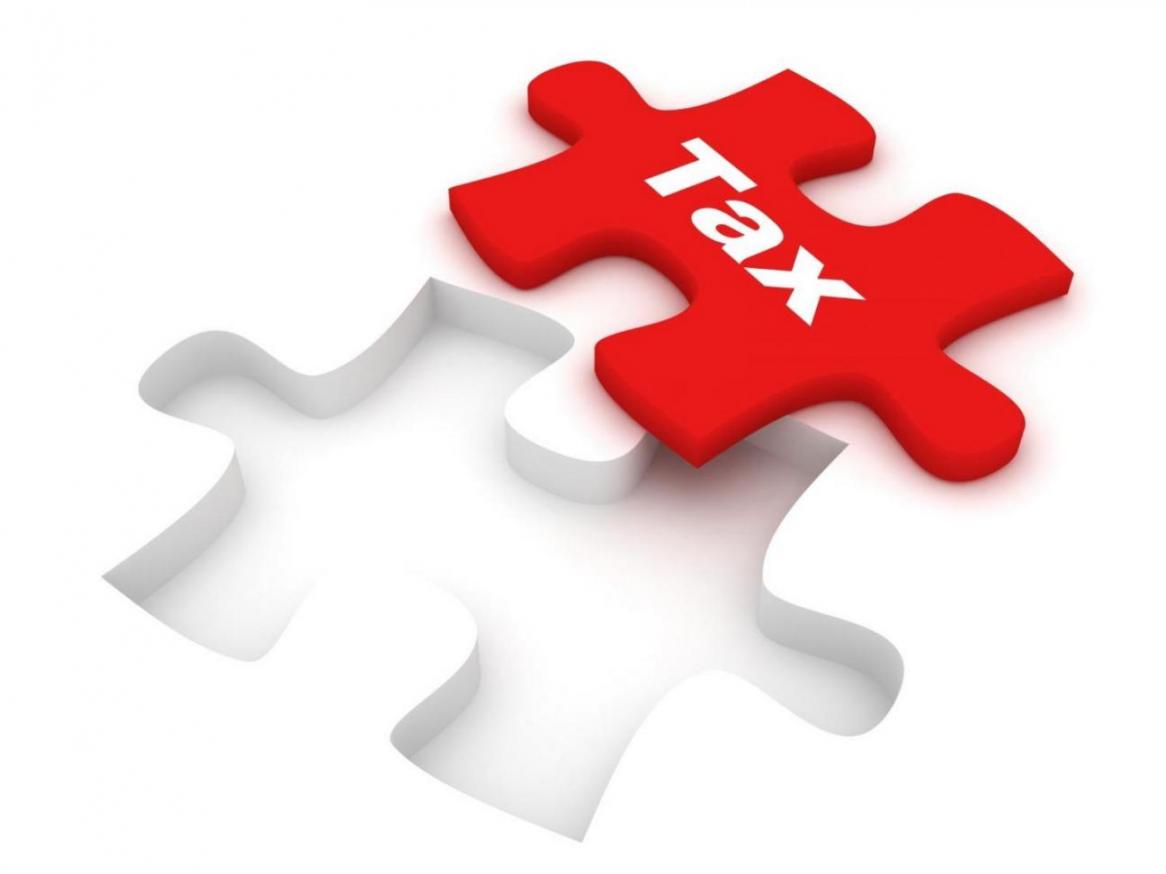A comparison of Iran’s revenues from three types of taxes, namely income tax, goods and services tax and taxes on international trade, with those of other countries over the past decade, reveals that there exist three structural defects in Iran's tax system, argues an article published by the economic daily Donya-e-Eghtesad.
Firstly, revenues from income taxes as a percentage of total tax revenues is below the world average. This is while higher income tax is often associated with more job creation. Secondly, the government’s revenues from taxes on international trade are above world average; while high trade taxes are believed to have a negative effect on productivity and job creation. And thirdly, while taxes on goods and services are the biggest contributor to tax revenues the world over, they contribute less than 5% to Iran’s total tax revenues. The report argues that the share of different forms of tax in Iran's economy is not planned appropriately, and therefore the tax system needs fundamental reforms.
The extent of government intervention in the economy has always been a matter of debate among economists. Governments use different fiscal policies to influence the economy in various ways. Fiscal policy is the use of government revenues (mainly taxes) and expenditure (spending) to influence the economy.
An article published by the scientific and research Journal of Planning and Budgeting, surveys the effect of fiscal policies on productivity, job creation and the Iranian households’ income. The article points out that the world’s average government spending as a percentage of gross domestic product (GDP) over the past two decades has been 17%, with the figure standing above 15% in high income countries. The value is about 14% in middle income and 10% in low income countries. Statistics indicate that the ratio of government spending to GDP in Iran has been fluctuating over the past two decades, reducing from 16% in 1995 to 11% in 2007.
> Taxation and fiscal Policy
Taxation is another means by which governments interfere in the economy. The average worldwide tax revenues as a percentage of GDP has been 15% over the past decade, with high and middle income countries indicating tax-to-GDP ratios of above global average. The indicator has always remained below 10% for Iran, despite showing an upward trend, according to the research.
The research also indicates that taxes on goods and services comprise the largest share of tax revenues worldwide, with an average share of 31%. Taxe on goods and services include value added tax (VAT), selective excises on goods, selective taxes on services, taxes on the use of goods or property, taxes on extraction and production of minerals, and profits of fiscal monopolies.
Taxes on international trade — including import duties, export duties, profit from export or import monopolies, exchange profits, and exchange taxes — rank as the second contributor to global tax revenues, with the average global percentage down from 6% in 2009 to 4% in 2010.
According to the research, the goods and services tax and income tax have more or less a similar effect on tax revenues in high income countries, whereas taxes on international trade account for less than 1% of total tax receipts. The middle income countries on the other hand rely on goods and services taxes for 35% of their revenues, while income taxes make up 22% of total revenues in these countries. The contribution of international trade taxes came down from an average of 7% to 4% in middle income countries over the past decade.
This is while in Iran, income taxes make up the largest share of total tax revenues, having followed an upward curve to reach at 20% in recent years. Iran's revenues from taxes on international trade averaged 6.5% over the past decade while taxes on goods and services contribute less than 5% to total tax revenues.
> Efficiency of Iran’s Tax System
Comparing the contribution of various forms of taxes to Iran's economy with that of high and middle income countries, one may ask whether Iran’s current taxation system is working effectively.
To address the question, the research has studied what is called "expansionary fiscal policy", wherein the government seeks to expand the money supply to encourage economic growth or combat inflation. The results indicate that an increase in government spending has a greater impact on GDP and job creation than tax hikes, with government spending having a multiplier effect nearly 4 times that of taxation.
The research also suggests that increasing government spending leads to reduction in private sector investment and non-oil exports; therefore cutting taxes is a better fiscal policy for increasing the export of non-oil commodities. Also urban households benefit more from the government’s expansionary fiscal policies than their rural counterparts.
Moreover, the research concludes that adopting a balanced budget policy, wherein proportional changes are made in government spending and tax revenues, will still lead to growth in GDP. Although the rate of GDP growth in this case would be slower than when government spending is increased alone, it is still more beneficial to the economy than cutting taxes; as in this scenario, the private sector investments are faced with less negative impact from increased government spending.
The research further studies the effect of different taxes on household incomes. While noting that any increase in taxes will lead to reduction in the household earnings, it concludes that taxes on international trade have maximum effect on household incomes, and income taxes have the least effect.
Also, analyzing the effect of increasing different taxes revealed that increasing income taxes has the least effect on GDP, while increasing taxes on international trade most affects the GDP. This could be due to the dependence of domestic commodity markets and production on imported goods. Job creation was also found to be directly related with increase in income taxes, while increasing import taxes has a greater negative impact on job creation than tax hikes on goods and services.


